What if your child’s college fund grew when it rained and shrunk when it didn’t? That’s been the situation for livestock-keeping communities across Kenya during the ongoing drought. For communities like the Maasai, their cattle herd is a bank account that they use for: savings, expenses, school fees, weddings, dowry, and a good future. We call it the “cow bank.” This system is based entirely on rainfall and pasture. When it doesn’t rain, grass doesn’t grow and cattle starve to death. With them, the income and savings of entire families die, too.
The short rains, which are supposed to fall between November and January, have failed, representing the 5th consecutive failed rainy season in Kenya. Whatever the cause, the situation has become desperate.
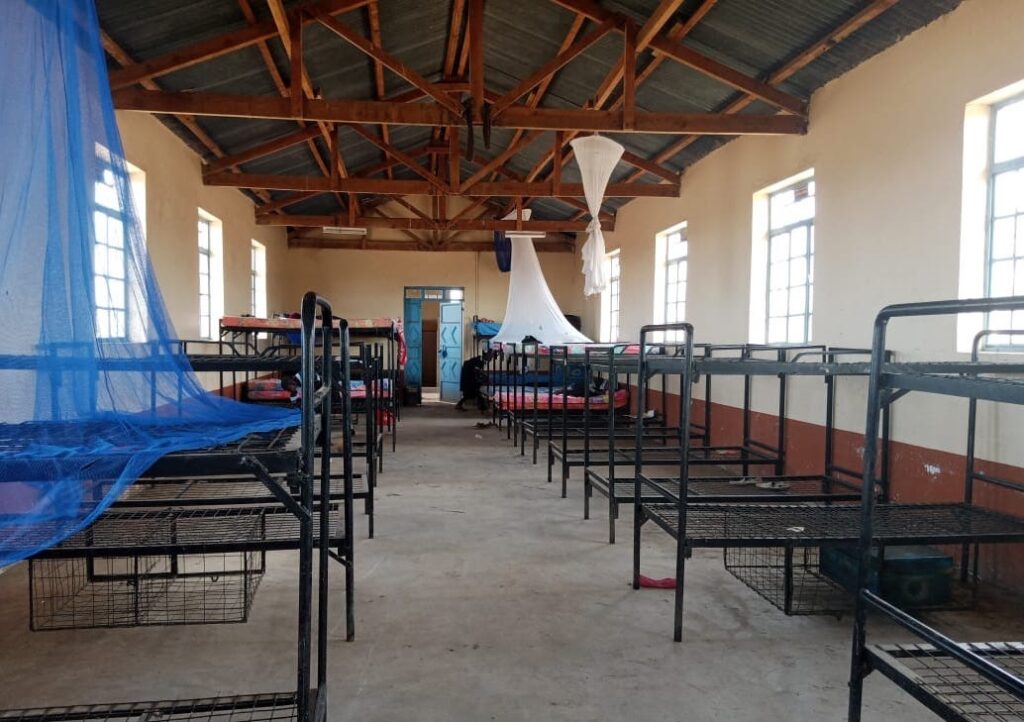
The Effect of Drought on Learning
January 23, 2023, was opening day of the school year. The Kenyan school year includes three terms, from January through December, with breaks in between. Tuition is free at government schools, but fees for boarding, books, water, and meals aren’t.
At Olmoti Primary school, only 25% of students have shown up to school, most of them without enough money to pay their school fees. Those who didn’t arrive likely have no money at all. The “cow bank” is empty. Many who have arrived haven’t paid in full, making it difficult for the school to buy the necessary food and supplies to board students. When students don’t have enough to eat, their only option is to sleep.
Education, and thus the progress of an entire region, has been halted in Kajiado County.
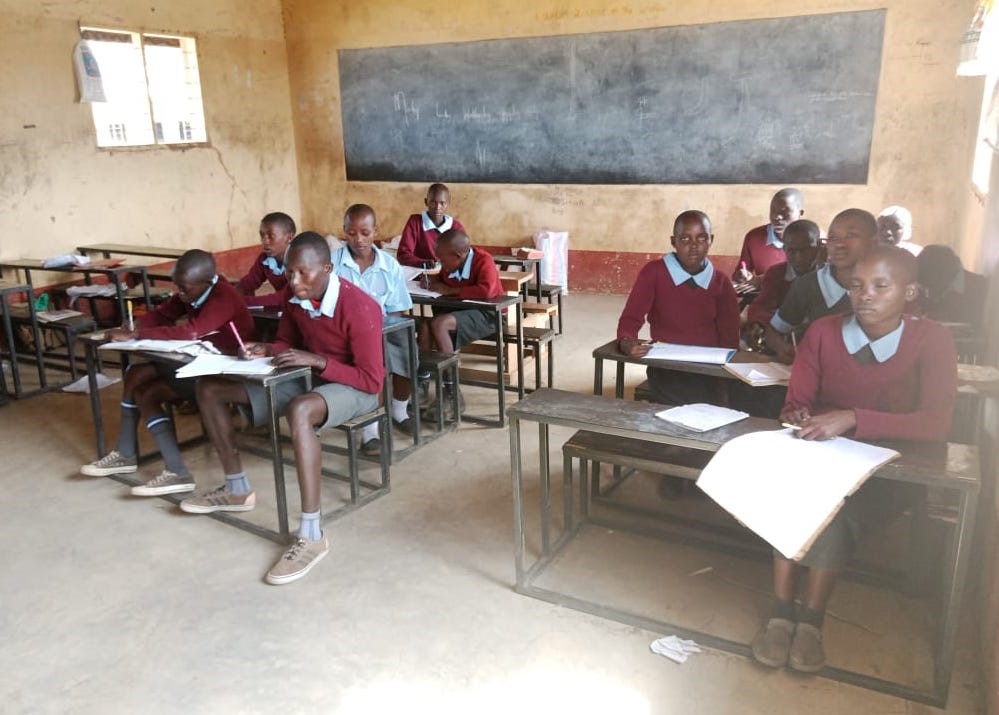
What We’re Doing
We know that if these schools receive food, some parents of boarding students will have a grace period to scrape together money. If food is provided for several weeks, head teachers can grant parents more time to send the first installment. If nothing is done, many students will stay at home this school term, a dangerous situation that could result in education disruption, starvation, pregnancy, and early marriages.
Drought is blocking access to education, the key to development in Kenya. We’re planning to remove this barrier by providing meals to school students through the Food for a Brighter Future Campaign.
This Water is Life Kenya donor community has supported drought relief before, raising over $30,000 in 2022. Can you help us inch towards $15,000 more this January and February?
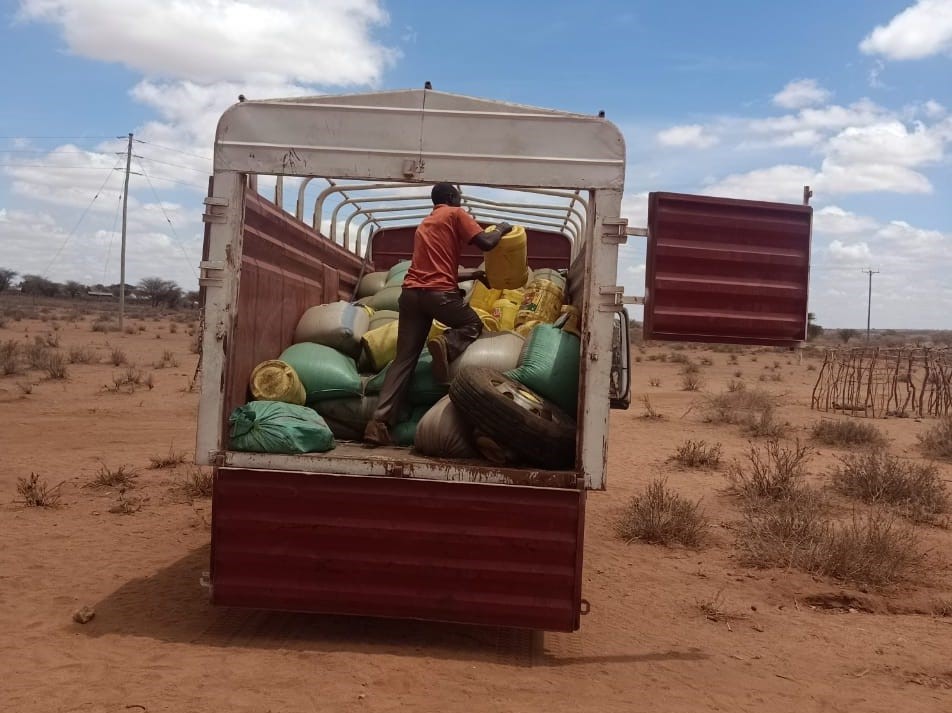
What Your Donation Will Do
Money will purchase maize and beans for 3 schools in the most drought-affected areas: Olmoti, Imisigyio, and Imurtot Primary Schools, all schools that have benefitted from our nearby water projects.
Note:
Below is an estimate of current prices. Due to inflation and the drought, prices have increased since our last drought relief campaign. Our Co-Founder, Joseph Larasha, will confirm the prices in late January. He even doubts that maize is available at all. We may have to buy rice instead. The difficulty remains the same for agricultural communities in Kenya—there has been no harvest due to prolonged drought.
The only good thing for us is that the dollar has more buying power in Kenya due to a weak shilling.
- 7,500 Kenyan Shillings, or $62.50 – cost for a 90 kg bag of maize
- 15,000 Kenyan Shillings, or $125 – cost for 90 kg bag of beans
Though we can’t make it rain, we can help these children and their families ensure a future to look forward to with Food for their First Term of the school year. Will you help us bring them food and hope by donating to this Food for a Brighter Future Fundraising Campaign?
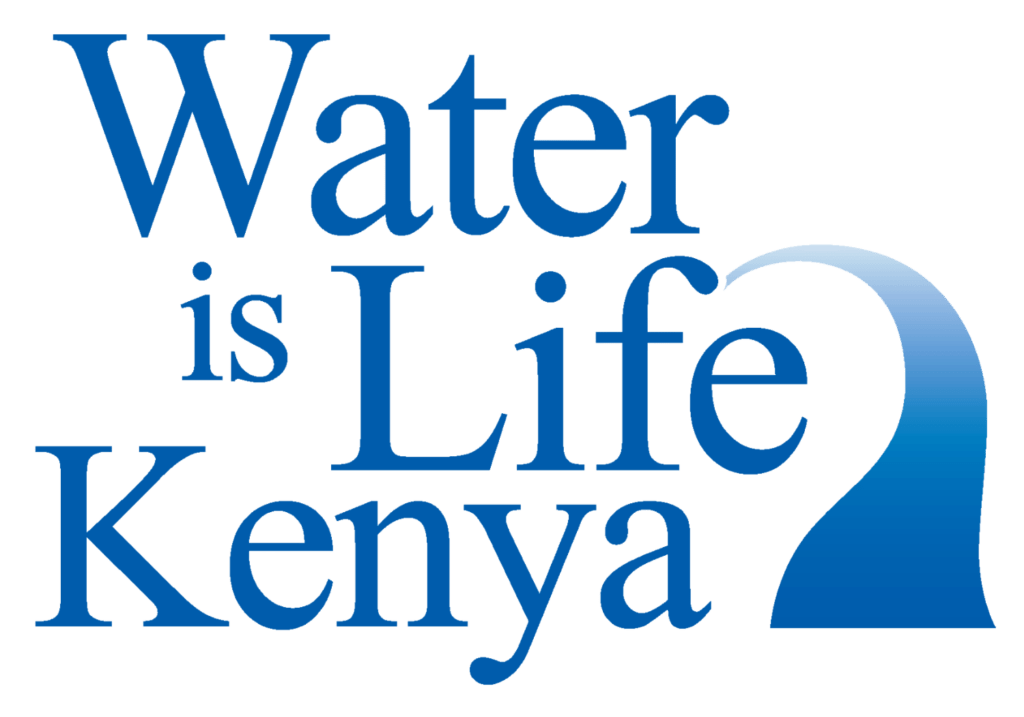
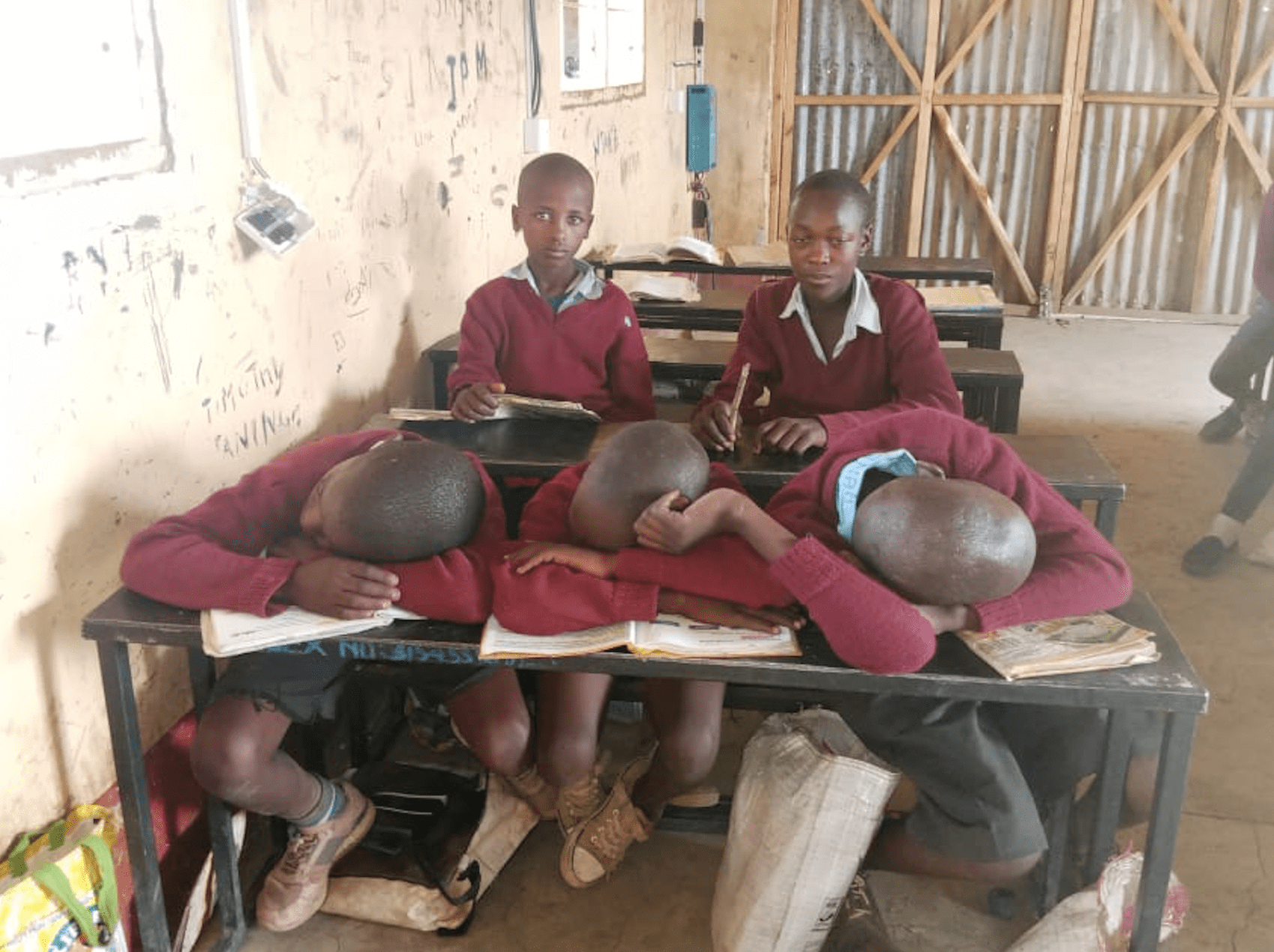
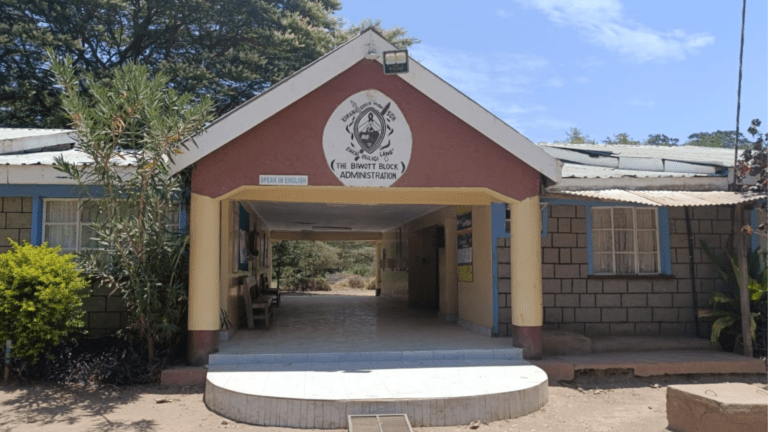
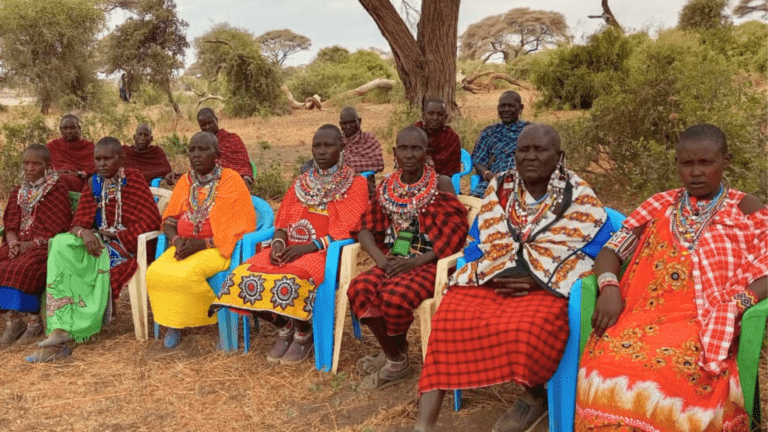
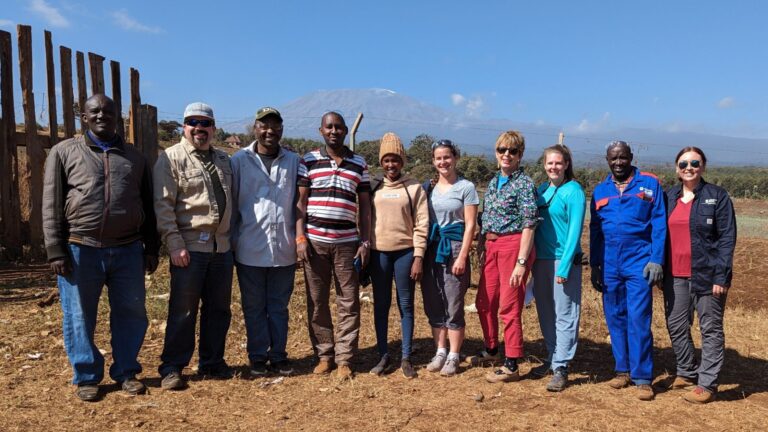

Pingback: How Kenyans Are Affected by Six Seasons Without Rain | Water is Life Kenya